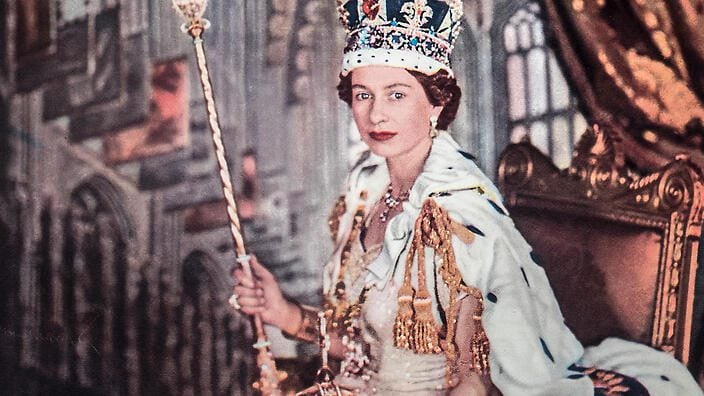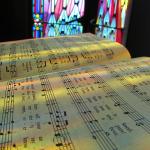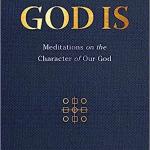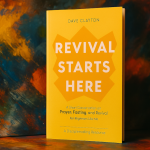Apparently 4.1 billion people watched funeral of Queen Elizabeth II yesterday, making it the most-watched broadcast of all-time.
That’s pretty interesting.
As one Facebook poster said,
I hope so, too. The world could use more of it. So could the church.
I’m sure a good percentage of those billions watched out of little more than curiosity, others out of a more general Anglophilic tendency that has little to do specifically with an interest in the church.
But I noticed more than a few on social media talking about the elegance of the liturgy, the sublime music, and the beauty in the solemnity of the occasion.
If that’s you, try going to church this weekend.
I don’t mean just any church.
Go to one of those liturgical churches. They aren’t as common as they used to be, but they’re still around. While the atmosphere of Westminster Abbey is hard to replicate, you might be surprised how close churches within driving distance of you can come.
You may have to do some research. Some churches in the Anglican Communion and other liturgical traditions don’t put much care into their worship these days. You might find some dude with a six-string Ovation and an untucked shirt at some of them, playing the Jesusy Hot 100 favorites just like at that pop-worshiping Baptist church down the street. They’ve been told, just like the rest of us, that he’s the key to reaching young professionals and families with kids. He isn’t, but you can understand why they’re trying.
At others, you might find that liturgical dance and silly modern pseudo-liturgies have taken the place of the timeless words you heard at the Queen’s funeral. Keep on looking.
These days, many others have replaced the Gospel of Christ with a works-based “do better” substitute and lots of talk about identity politics. They can’t really tell you what is distinctive about Christianity, but hey, all are welcome.
But other churches exist. They used to be the norm. They’re a little harder to find now. But they exist. These churches are committed to preaching the gospel, and they do it through more than a 45-minute self-help sermon and a pop-concert with vaguely spiritual lyrics. They employ fantastic musicians who know how to serve the liturgy with their craft. See, the Queen’s funeral was not a service designed for a monarch, but to reflect the beauty of a holy God. The “otherness” you might have felt watching it is inherent and intentional in its centuries-old design.
Liturgical worship rejects the pervasive idea that casual demeanor and extemporaneous speech are more sincere and authentic. Christians throughout history have known better. As my friend Les Lamkin once wrote here, such worship is nothing but “worship of our psychological selves. We have sacrificed the great Creeds and Confessions of the church for the sake of ‘meeting the needs’ of the congregants. We have sacrificed depth and beauty to the gods of relevance and sensuality.”
So, if you were intrigued by worship designed to reflect the beauty of holiness, I’d encourage you to go look for it in your own area. Look for a church that is intentionally NOT trendy, modern or contemporary. Go look for the “otherness,” a place where there is no attempt to domesticate the transcendence of God into cultural relevance.
Let me know what you find.
Photo: wikipedia commons















